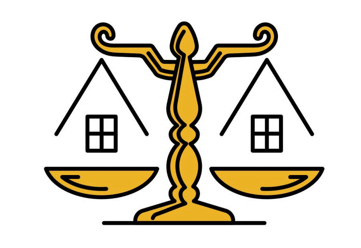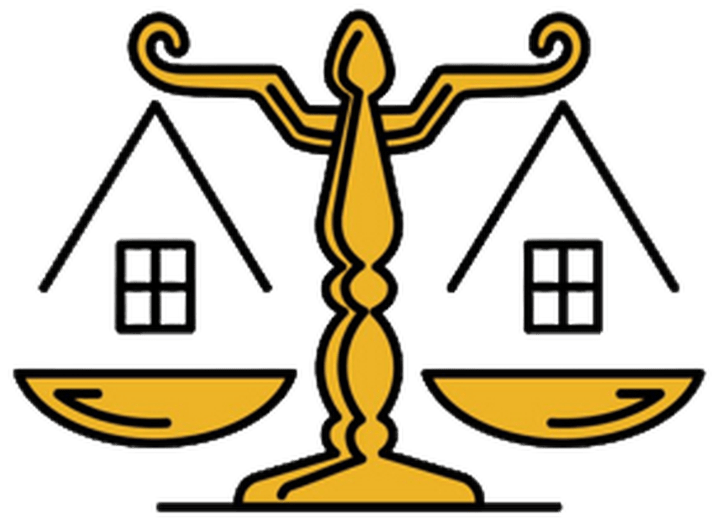

In Nigeria, ensuring fire safety in construction projects is crucial for protecting lives, property, and assets. With rapid urbanization and industrial growth, fire safety regulations must be rigorously adhered to in order to prevent devastating fires and ensure compliance with legal standards. This article delves into the importance of addressing fire safety regulations in Nigerian construction, highlights key regulatory requirements, and offers strategies for effective implementation.
The Importance of Fire Safety in Nigerian Construction
Fire safety is a fundamental aspect of construction that aims to prevent, manage, and mitigate fire risks. Proper fire safety measures are essential for:
1. Protecting Lives:Ensuring that buildings and structures are designed and constructed to minimize fire risks helps protect occupants and emergency responders.
2. Safeguarding Property:Implementing fire safety regulations helps prevent property damage and loss due to fires, which can have significant financial implications.
3. Reducing Liability: Compliance with fire safety regulations mitigates legal and financial liabilities that may arise from fire incidents.
4. Enhancing Building Resilience: Proper fire safety measures contribute to the overall resilience of buildings, ensuring they can withstand and recover from fire-related incidents.
Key Fire Safety Regulations in Nigerian Construction
1. National Building Code (NBC): The National Building Code (NBC) provides comprehensive guidelines for building design and construction in Nigeria, including fire safety provisions. Key aspects include:
- Fire Resistance: The NBC specifies requirements for fire-resistant materials and construction methods to prevent the spread of fire.
- Fire Compartmentalization: The code mandates the use of fire-resistant walls and barriers to compartmentalize buildings and contain fires.
- Means of Egress: It requires the design of adequate exit routes, staircases, and fire escapes to ensure safe evacuation during a fire.
Compliance with the NBC ensures that buildings are constructed with effective fire safety measures and meet national standards.
2. Fire Service Act: The Fire Service Act regulates the operations of fire services in Nigeria and sets forth fire safety requirements for buildings. Key provisions include:
- Fire Safety Inspections: The Act empowers fire services to conduct inspections of buildings to ensure compliance with fire safety standards.
- Fire Safety Plans: It requires the development of fire safety plans, including evacuation procedures, fire drills, and emergency response strategies.
Adhering to the Fire Service Act ensures that buildings are regularly inspected and equipped with necessary fire safety plans.
3.Workplace Safety and Health Regulations: The Workplace Safety and Health Regulations govern safety standards in workplaces, including construction sites. Key aspects include:
- Fire Safety Training: The regulations mandate fire safety training for workers to enhance their awareness and preparedness for fire emergencies.
- Fire Extinguishers and Equipment: They require the installation of fire extinguishers and other firefighting equipment at construction sites.
Compliance with these regulations helps ensure that construction sites are equipped with fire safety measures and that workers are trained to respond to fire emergencies.
4. Environmental Impact Assessment (EIA) Act: The Environmental Impact Assessment (EIA) Act requires that construction projects assess and mitigate environmental impacts, including fire risks. Key requirements include:
- Fire Risk Assessment: The EIA process includes evaluating potential fire risks and implementing measures to mitigate them.
- Emergency Response Plans: The Act mandates the development of emergency response plans to address fire incidents and other environmental risks.
Addressing fire risks as part of the EIA process ensures that construction projects consider and manage potential fire hazards effectively.
Strategies for Effective Implementation of Fire Safety Regulations
1. Designing for Fire Safety: Designing for fire safety involves incorporating fire-resistant materials and construction methods into building plans. Strategies include:
- Fire-Resistant Materials: Use fire-resistant materials, such as concrete, steel, and fire-rated drywall, to enhance the fire resistance of structures.
- Fire Compartmentalization: Implement fire-resistant walls and barriers to create fire compartments and prevent the spread of fire.
Designing buildings with fire safety in mind helps ensure that they meet regulatory requirements and provide effective protection against fire hazards.
2. Conducting Regular Fire Safety Inspections: Conducting regular fire safety inspections is crucial for identifying and addressing potential fire risks. Strategies include:
- Scheduled Inspections: Conduct regular inspections of buildings and construction sites to ensure compliance with fire safety regulations and identify any issues.
- Inspection Checklists: Use detailed inspection checklists to assess compliance with fire safety standards, including the condition of fire safety equipment and exit routes.
Regular inspections help identify potential fire hazards and ensure that necessary fire safety measures are in place.
3. Implementing Comprehensive Fire Safety Training: Implementing comprehensive fire safety training ensures that workers and occupants are prepared to respond to fire emergencies. Strategies include:
- Fire Safety Drills: Conduct regular fire safety drills to practice evacuation procedures and emergency response.
- Training Programs: Provide fire safety training programs for workers, including instruction on the use of fire extinguishers and emergency procedures.
Comprehensive training enhances awareness and preparedness, reducing the risk of fire incidents and improving response during emergencies.
4. Developing and Maintaining Fire Safety Plans: Developing and maintaining fire safety plans is essential for effective fire management. Strategies include:
- Emergency Response Plans: Develop detailed emergency response plans that outline evacuation procedures, fire drills, and contact information for emergency services.
- Fire Safety Documentation: Maintain up-to-date fire safety documentation, including inspection reports, training records, and fire safety equipment maintenance logs.
Effective fire safety plans ensure that buildings and construction sites are prepared for fire emergencies and comply with regulatory requirements.
Challenges in Addressing Fire Safety Regulations
1. Enforcement and Compliance: Enforcement and compliance with fire safety regulations can be challenging due to various factors, including:
- Lack of Awareness: Limited awareness of fire safety regulations among developers, contractors, and building occupants can lead to non-compliance.
- Resource Constraints: Limited resources and inadequate inspection capabilities can affect the enforcement of fire safety standards.
Addressing these challenges requires increased awareness, improved resources for enforcement, and regular compliance checks.
2. Integration with Other Building Codes: Integration with other building codes can be complex, as fire safety measures must align with various regulations and standards. Strategies include:
- Holistic Approach: Adopt a holistic approach to building design and construction that integrates fire safety with other building codes and standards.
- Coordination: Ensure coordination between different regulatory authorities and stakeholders to address fire safety requirements effectively.
Integrating fire safety with other building codes helps ensure comprehensive compliance and effective risk management.
3. Upgrading Existing Buildings: Upgrading existing buildings to meet modern fire safety standards can be challenging, particularly for older structures. Strategies include:
- Retrofitting: Implement retrofitting measures to enhance the fire safety of existing buildings, including the installation of fire-resistant materials and updated fire safety equipment.
- Compliance Audits: Conduct compliance audits to identify areas that need improvement and develop plans for upgrading fire safety features.
Upgrading existing buildings ensures that they meet current fire safety standards and provide effective protection against fire hazards.
Conclusion
Addressing fire safety regulations in Nigerian construction is essential for protecting lives, property, and assets. By understanding and adhering to key regulations, including the National Building Code, Fire Service Act, Workplace Safety and Health Regulations, and the EIA Act, developers can ensure that their projects meet legal requirements and provide effective fire protection. Implementing strategies such as designing for fire safety, conducting regular inspections, providing comprehensive training, and maintaining fire safety plans are crucial for effective fire management. Overcoming challenges related to enforcement, integration with other codes, and upgrading existing buildings requires a proactive and coordinated approach. Successful case studies, such as the Eko Tower and Lekki Phase 1 developments, highlight the importance of addressing fire safety in construction projects and serve as models for achieving regulatory compliance and ensuring safety. As Nigeria continues to grow and develop, prioritizing fire safety in construction will be vital for achieving safe and resilient infrastructure.
. Fire safety regulations
. Nigerian construction
. National Building Code (NBC)
. Fire Service Act
. Workplace Safety and Health Regulations
. Environmental Impact Assessment (EIA) Act
. Fire-resistant materials
. Fire compartmentalization
. Fire risk assessment
. Fire safety inspections
Contact Us
Chaman Law Firm today. Our offices are conveniently located in Lagos, FCT Abuja, Ogun State, and the UK. We are readily available to assist you with your legal needs. Whether you require consultation, representation, or ongoing legal support, Chaman Law Firm is your trusted partner.
Call us at 08065553671 or email us at info@chamanlawfirm.com to schedule a consultation.

